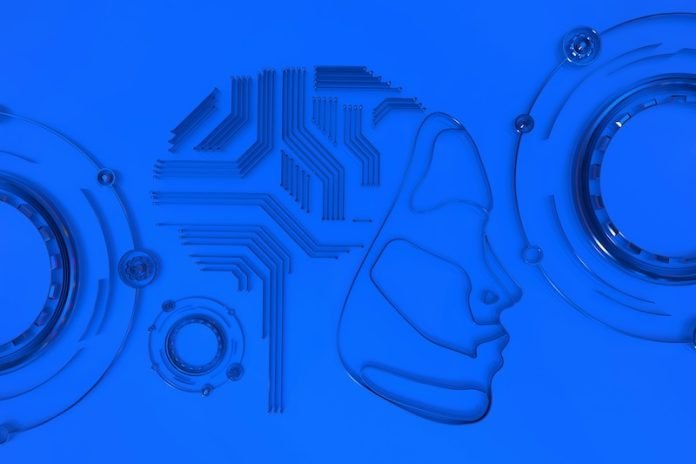
In a new study from Chalmers University of Technology in Sweden, a new horizon in medical diagnostics emerges through the power of artificial intelligence (AI).
Researchers, led by Ida Häggström, an associate professor at the Department of Electrical Engineering, have developed an AI-powered computer model named Lars (Lymphoma Artificial Reader System).
This cutting-edge system has demonstrated remarkable proficiency in identifying signs of lymphoma, a type of cancer affecting the lymphatic system, with an impressive accuracy rate of 90%.
The significance of this development cannot be overstated. Lymphoma, being a complex and diverse group of blood cancers, poses significant diagnostic challenges.
Traditional methods rely heavily on the expertise of radiologists to interpret medical images such as positron emission tomography (PET) and computed tomography (CT) scans.
These methods, while effective, are time-consuming and subject to variability based on the radiologist’s experience and workload. Enter Lars, a system that promises to augment the diagnostic process significantly.
Lars is built on a foundation of deep learning, a subset of AI that mimics the learning process of the human brain to analyze data and identify patterns.
Unlike traditional computer systems, which require explicit programming to perform tasks, deep learning systems like Lars learn from vast amounts of data.
In this case, Lars was trained using over 17,000 images from more than 5,000 lymphoma patients, spanning a decade’s worth of clinical data.
The training process employed is known as supervised learning, where the system is fed images and told whether they show signs of lymphoma. Through repeated iterations, Lars adjusts its algorithms to improve its diagnostic accuracy.
This approach allows Lars to independently identify the most relevant features in the images that indicate the presence of lymphoma, without being explicitly programmed to do so.
One of the most promising aspects of this research is its potential to enhance healthcare equality.
By providing a second opinion or prioritizing patients who need urgent care, AI systems like Lars can ensure that all patients, regardless of their location or the hospital they visit, have access to high-quality diagnostic expertise.
This is particularly beneficial for rare diseases, where specialized radiological experience may be scarce.
However, the journey from a successful pilot study to clinical application is fraught with challenges. Validating Lars for clinical use will require extensive testing to ensure its reliability and effectiveness across different settings.
Despite these hurdles, the open sharing of the computer code by Häggström’s team marks a significant step forward, encouraging further research and development within the global scientific community.
As we stand on the brink of a new era in medical imaging analysis, the work of Häggström and her colleagues represents a beacon of hope. Not only does it offer the prospect of faster, more accurate lymphoma diagnosis, but it also exemplifies the transformative potential of AI in medicine.
With continued development and rigorous validation, systems like Lars could revolutionize the way we detect and diagnose not just lymphoma, but a broad spectrum of diseases, ushering in a new age of precision medicine powered by artificial intelligence.
If you care about cancer risk, please read studies that exercise may stop cancer in its tracks, and vitamin D can cut cancer death risk.
For more information about cancer, please see recent studies that yogurt and high-fiber diet may cut lung cancer risk, and results showing that new cancer treatment may reawaken the immune system.
The research findings can be found in The Lancet Digital Health.
Copyright © 2024 Knowridge Science Report. All rights reserved.



